- Summary list for topic 3.5 Genetic modification
- Mindmaps
- Exam style question about genetic modification
- Model answer
- Model answer
- 3.5 Genetic modification 1/1

Learn and test your biological vocabulary for 3.5 Genetic modification using these flashcards.
These slides summarise the essential understanding and skills in this topic.
They contain short explanations in text and images - good revision for all students.
Read the slides and look up any words or details you find difficult to understand.
Summary list for topic 3.5 Genetic modification
- Gel electrophoresis is used for the separation of fragments of DNA (or proteins).

- PCR (polymerase chain reaction) can be used to make many copies of small amounts of DNA. (called amplification).
- DNA profiling uses PCR and gel electrophoresis to compare samples of DNA (eg. in paternity disputes).
- Genetic modification is the transfer of genes from one species to another.
- Clones are groups of genetically identical organisms, derived from a single original parent cell.
- Many plant species and some animal species have natural methods of cloning.
- Animals can be cloned at the embryo stage by breaking up the embryo into more than one group of cells. or by using differentiated cells in adults.
- The cloned sheep, Dolly can be used as an example of the cloning method of somatic-cell nuclear transfer.
Skills (can you ...)
- Use images of DNA profiling to solve paternity disputes and other forensic examples.
- Explain that Gene transfer using plasmids in bacteria makes use of the enzymes; restriction endonucleases and DNA ligase.
- Assess the potential risks and benefits of GMO crops, including data on risks to monarch butterflies of Bt crops.
- Design of an experiment to assess one factor affecting the rooting of stem-cuttings of a plant which easily produces roots in soil.
Mindmaps
These diagram summaries cover the main details of topic 3.5 Genetic modification.
Study them and draw your own list or concept map, from memory if you can.
Exam style question about genetic modification
The skill of understanding the roles of the enzymes used in genetic modification of plasmids in prokaryotes is important in this topic.
Answer the question below on a piece of paper, then check your answer with the model answer.
The diagram shows an enzymes which is used to genetically engineer harmless bacteria to contain green fluorescent protein.

Identify the type of enzyme which HindIII is. [1]
....................................................................................... ............................................................................
Explain the role of this enzyme in the process which uses plasmids to modify the genes of bacteria using their plasmids. [4]
....................................................................................... ............................................................................
....................................................................................... ............................................................................
....................................................................................... ............................................................................
Click the + icon to see a model answer.
This quiz contains multiple choice questions covering the understandings and skills in this topic.
START QUIZ!
Drag and drop activities
Test your ability to construct biological explanations using the drag and drop questions below.
Cloning can occur in various ways in nature and the laboratory.


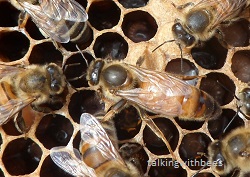

Natural or artificial clones?
Drag and drop the correct word or phrase into the space to describe cloning.
mitotic fertilisation asexual binary garlic bulbs stem embryo therapeutic laboratory identical naturally embryonic genetically identical cuttings adult sexual cell culture single removing nucleus donor ovum
Cloning, the production of organisms to a parent cell or organism occurs both and in the laboratory.
Natural cloning examples include fission in bacteria and reproduction in flowering plants, for example .
It also can occur in arthropods such as bees where the female ovum develops into a male bee without .
Artificial cloning of plants is achieved using or by developing plants from meristem cells in bulking up techniques.
In animals, separating blastocyst cells gives cloned embryos from a single . This happens in the formation of twin humans.
There are also techniques of cell cloning form somatic differentiated cells or cells using techniques and to produce cell lines for or research use.
Cloned mammalian embryos can be created by the from a donor ovum and replacing it with the nucleus of the same species of mammal to be cloned. The is then implanted in the donor uterus to develop.
Cloning produces offspring genetically identical to a single parent. In bees, unfertilised eggs are regarded as cloned males but as meiosis is involved, it is a different form of cloning and the males may have slight genetic differences due to meiosis. Garlic and identical twins are natural clones, the sheep developed from her mother's ovum and nucleus as an artificial clone.
If you want to review key terminology and have some fun with your revision try this Genetic modification card match game. Can you reach the leader board?
How much of Genetic Modification 3.5 have you understood?













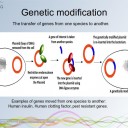


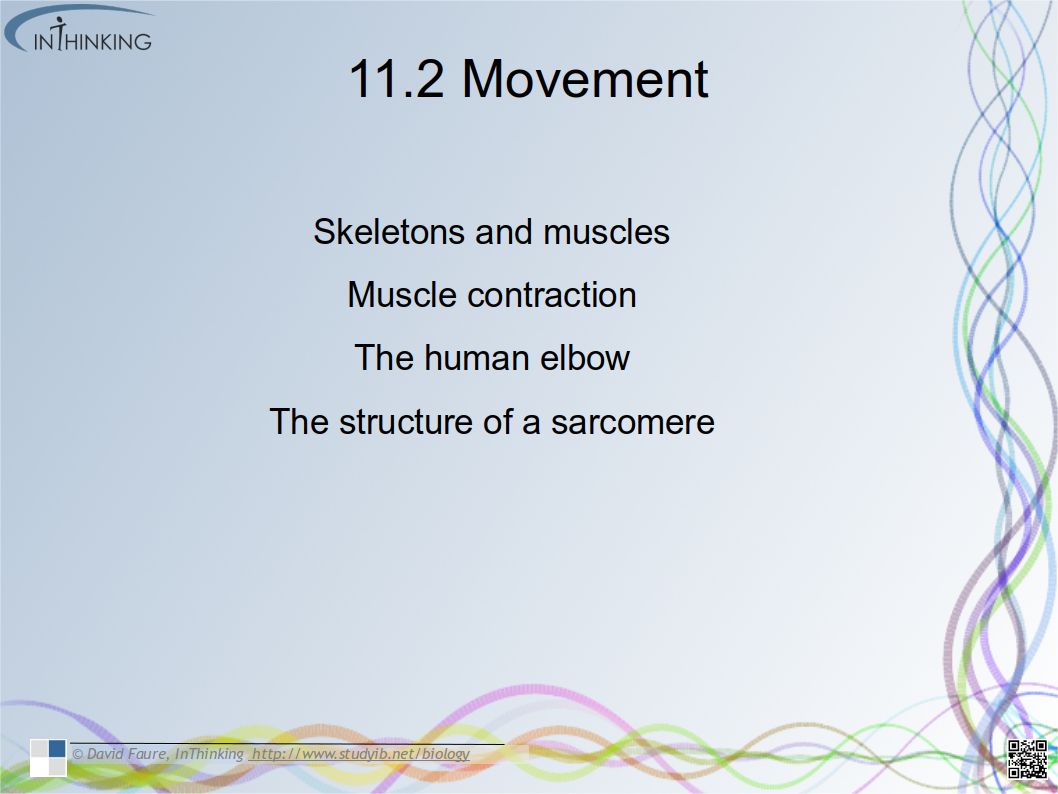
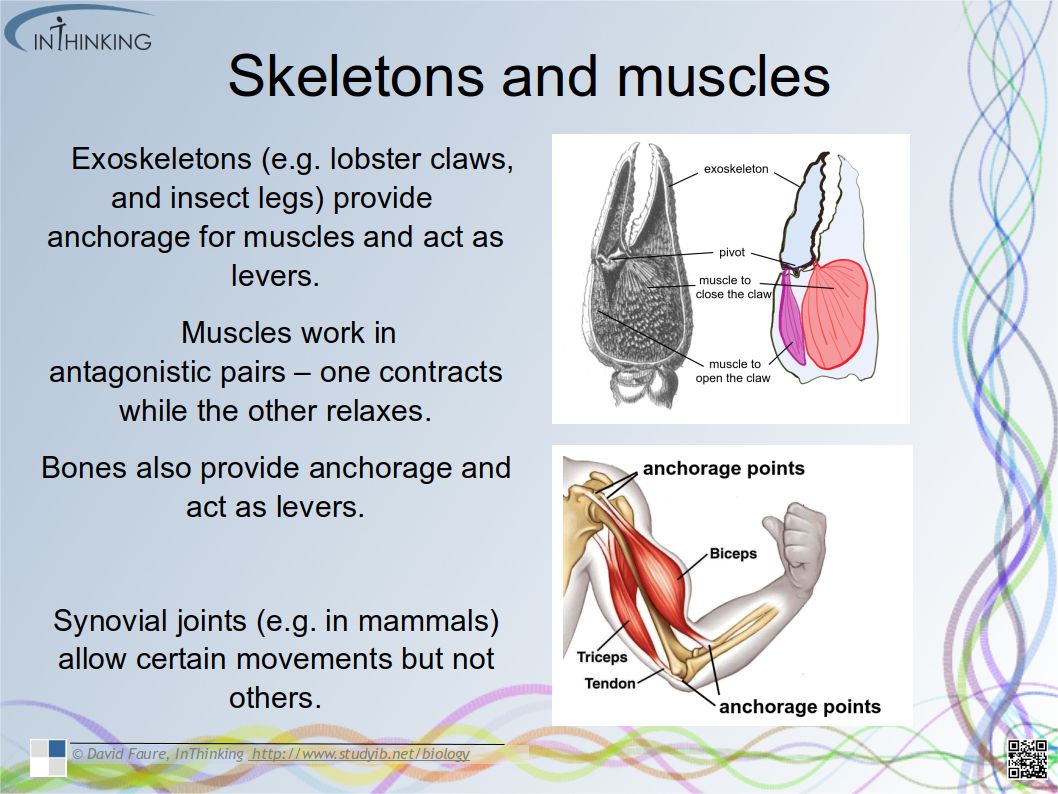
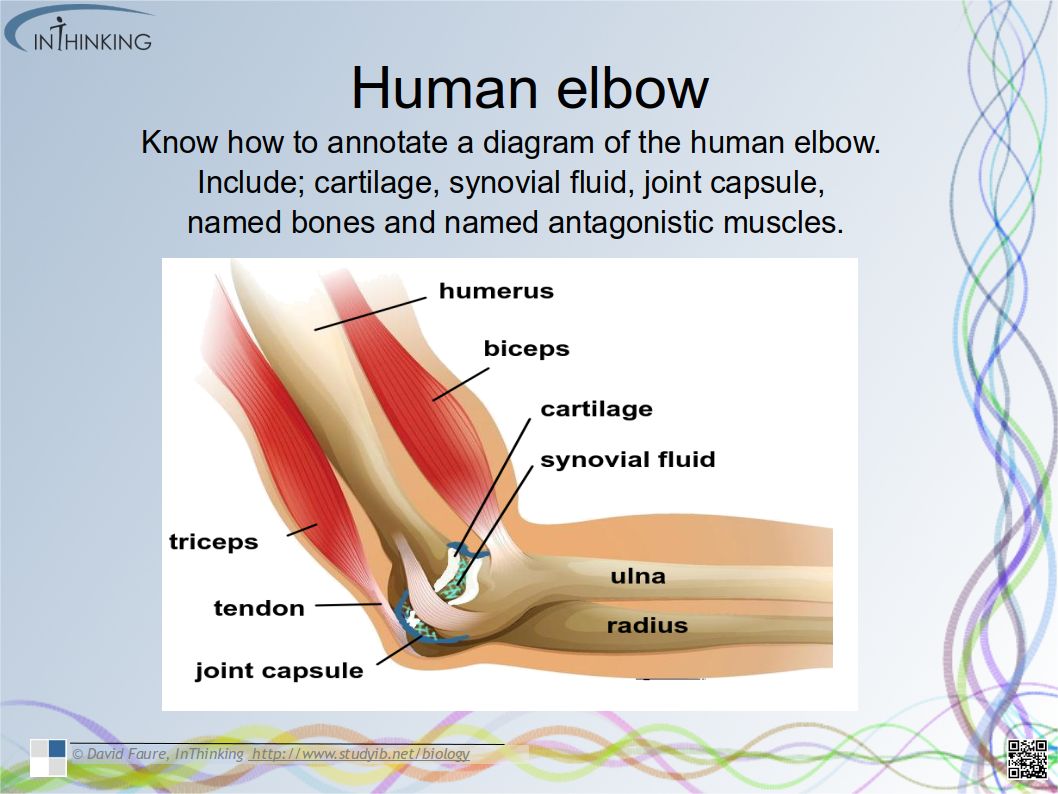

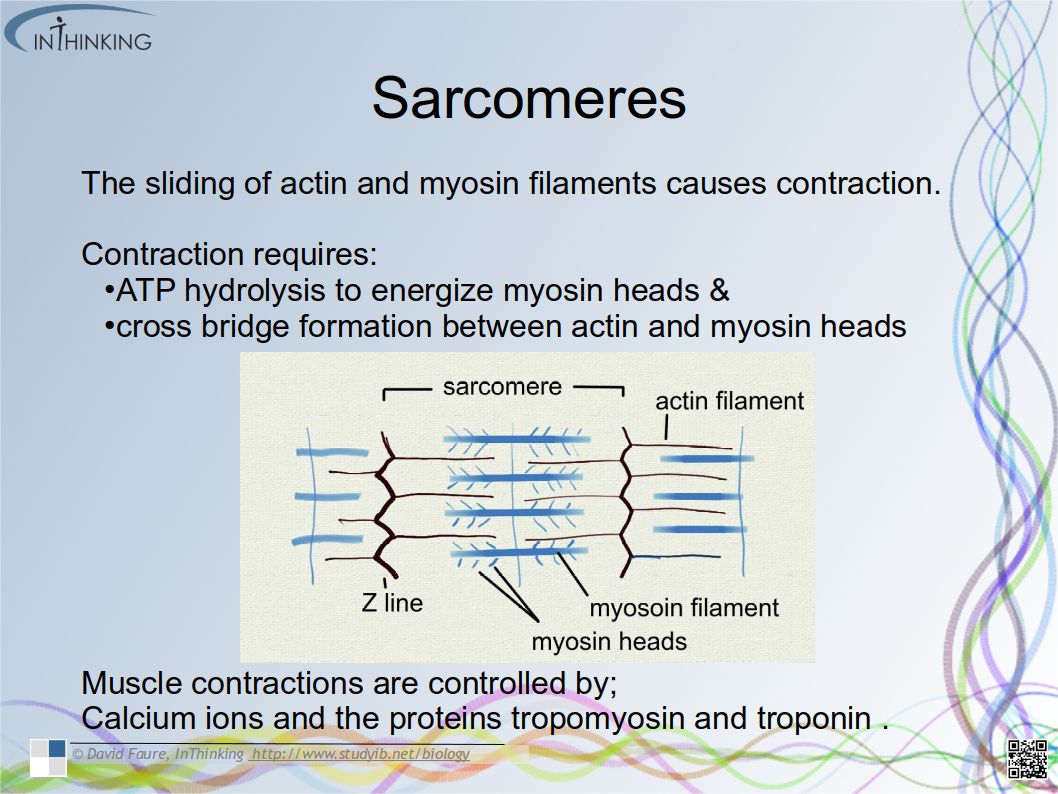

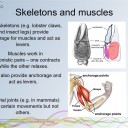
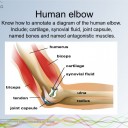

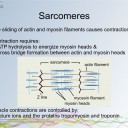
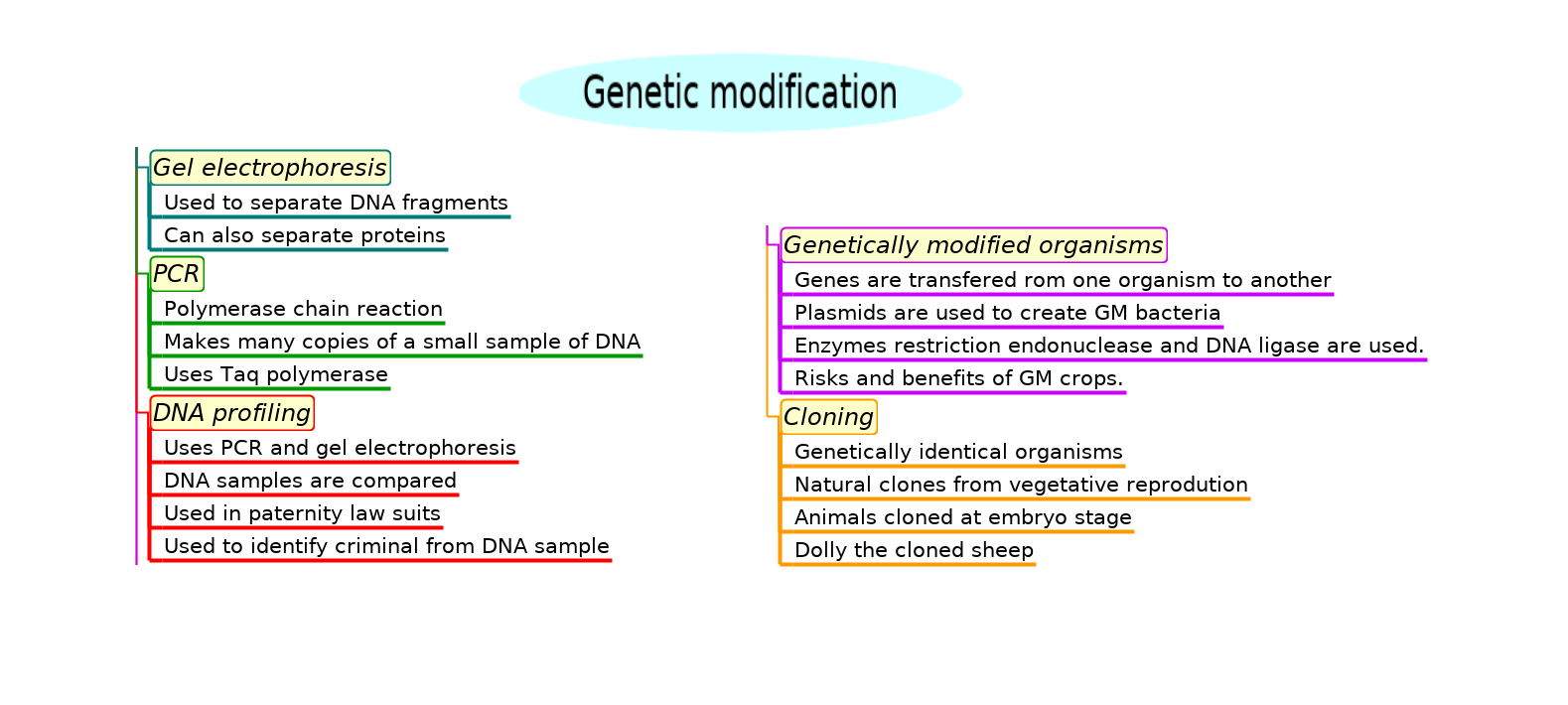
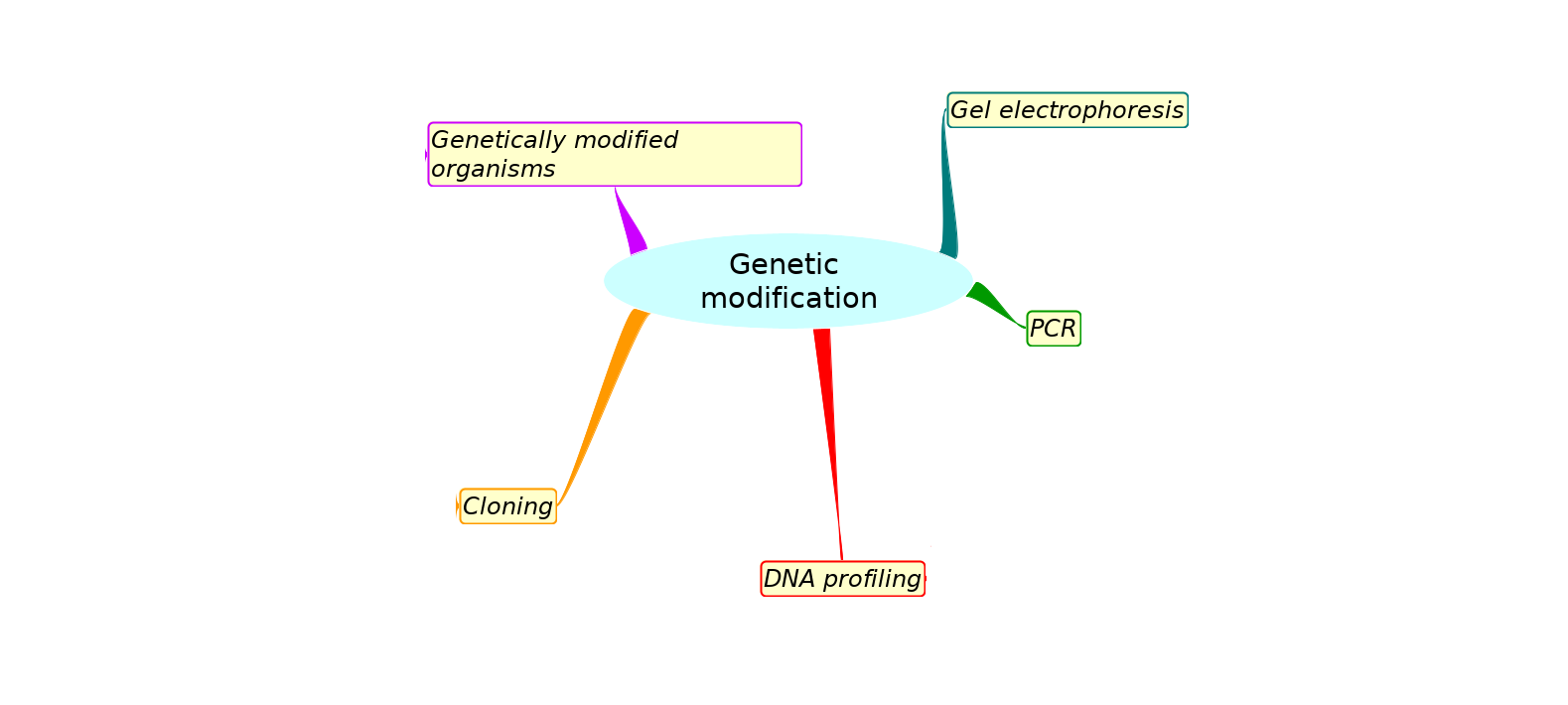



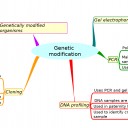



 Twitter
Twitter  Facebook
Facebook  LinkedIn
LinkedIn